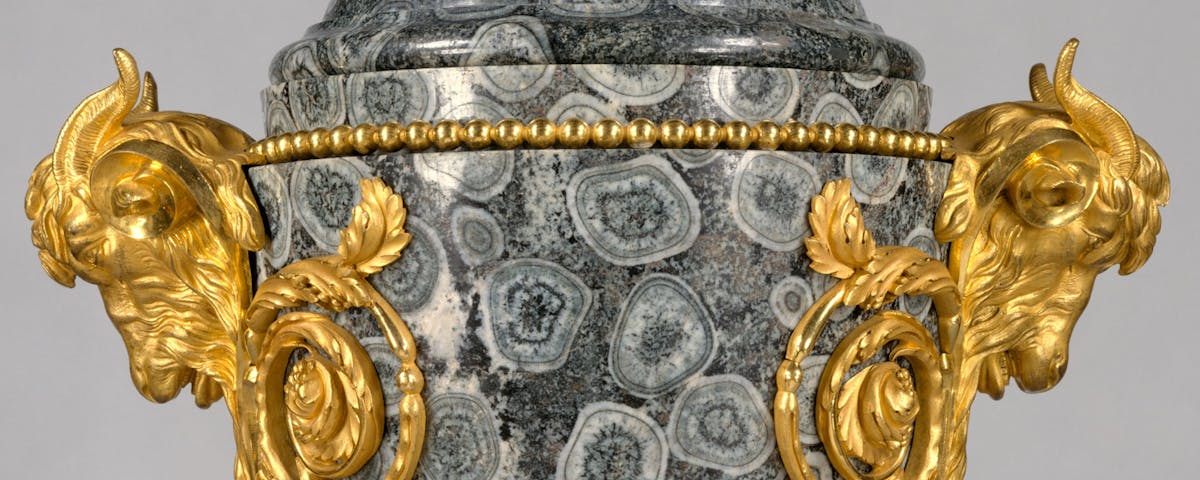Russian Works of Art & Fabergé Valuations
- Russian Painting Valuations

Commissioned by Tsars, gifted as dowries, presented to dignitaries and collected by travellers the Russian objets d’art have been exported out of the country over the ages. This category includes items made in Russia such as Fabergé, jewellery, vertu, gold, silver, porcelain (Imperial and early Soviet), bronze, glass and militaria, with the noted exception of Russian icons.
Have something to value in Russian Works of Art & Fabergé?
Get your valuation in three simple steps!



Upload a photo
Upload a photo of your item



Item is valued
Experts value your item



Receive valuation
We send you your valuation
Imperial works dating from the reign of Peter I the Great (1682-1725) to Nicholas II (1894-1917) have always held a specific allure to the collector.The opulent and often distinct Russian design can be explained as a consequence of the Empire's rich source of minerals, the skill of local craftsmen and a stated desire for Russian works of art to compete with those made abroad.
At times, the Russian factories and workshops produced works obviously influenced by artistic movements abroad, but almost always retained a distinctive mark of the country of manufacture. Some examples of pre-eminent works envied abroad are the magnificent vases produced by the Imperial Porcelain Factory, period of Nicholas I; 19th-century malachite veneered furniture and almost anything made by the ateliers of Karl Fabergé. If you'd like to get a Russian Works of Art or Fabergé valuation from our online specialist, simply upload a photograph and tell us any other details you know about the item.
Please note that Russian and Greek icons are very specific and that we don’t have the right expertise to value them at this stage. We’re working on recruiting the right specialist and hope to be able to value them soon.
Our Russian Works of Art & Fabergé Experts
Our specialist worked at Sotheby’s for 5 years, travelling and appraising fine Russian works of art, and meeting great collectors. She presided over sales of exceptional private collections and unknown masterpieces uncovered due to the recent boom in the Russian art market. She is well acquainted with Russian craftsmen and manufacturers from the 18th Century to the early 20th Century.

